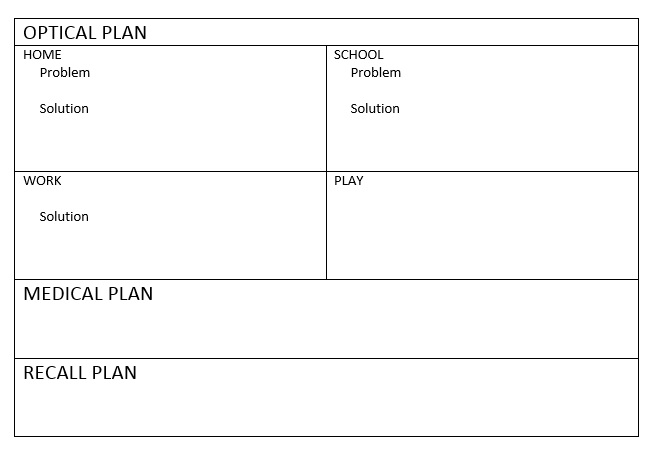By Mark Wright, OD, FCOVD,
and Carole Burns, OD, FCOVD

May 17, 2017
Your patients are motivated to make the most of their vision benefits, findings from the recent 2017 Transitions Employee Perceptions of Vision Benefits survey suggest.
Ninety-eight percent of employees surveyed believe that including vision benefits as part of an overall health package shows that companies care about their employees’ well-being, while nearly nine out of 10 employees (87 percent) said they would be more likely to stay at a company that offered high-quality vision benefits, such as coverage of premium lens and frame options.
“I just want what my insurance covers” is a phrase patients commonly use. Rather than just accept that phrase on its face value, let’s ask the question: Have your doctors and staff been trained to handle this phrase? A lot of people just accept the premise and get the patient out of the office with “… just what my insurance covers,” resulting in patient needs going unmet. That’s not the level of care that we want to deliver to our patients.
A better approach is to respond to the patient, “Let’s first see what is best for you, and then we’ll see what your insurance contributes.” Use the word “contributes,” not “covers.” Insurance today contributes to the end fees. Very rarely does vision insurance cover the entire fee. Since words matter, let’s make sure we are using the correct words.
The other key place where you can have the most impact defeating the “I just want what my plan covers” mentality is the case presentation. The case presentation for each patient has three components: optical plan, medical plan and recall plan. The recall plan is always delivered last in the case presentation. Between the optical plan and the medical plan, present the plan that addresses the need of the patient in front of you first.
For example, if the patient is telling you the reason for the visit is that their old glasses need to be updated, then do the optical plan first and the medical plan second. If the patient’s chief complaint is that their eyes are itchy, then do the medical plan first and the optical plan second.
Today, let’s focus on the optical plan. In our case presentation for the optical plan, we need to address each of the four areas in life where we can make a difference for our patients. Those areas are home, school, work and play. The best case presentation discussion moves from history to exam to prescription. The history is best presented in the patient’s own words. Next, relate your exam findings back to the patient’s history, then prescribe based on what is best for the patient.
While you are having this discussion with the patient, if they see you writing things down, it has more of an impact. Here is an example of a form that can be used either as a paper form or a digital form. Fill this out in front of the patient so they can see what you are writing/typing:

In each of the areas – home, school, work and play – put the patient’s own words under Problem. As an example, “Bob, you told me when you came in today that your ‘ … old glasses didn’t seem strong enough when you were working on your computer at work.’ My testing today show that your prescription has changed. As a result, I’m prescribing computer glasses to help you in the workplace.” Write what you are prescribing under Solution. Using this approach helps clarify what you are prescribing and why you are prescribing.
“But I just want what my plan covers” disappears when the patient understands what you are prescribing and why you are prescribing. Take this week to make your case presentation stronger, clearer, and more effective.





















